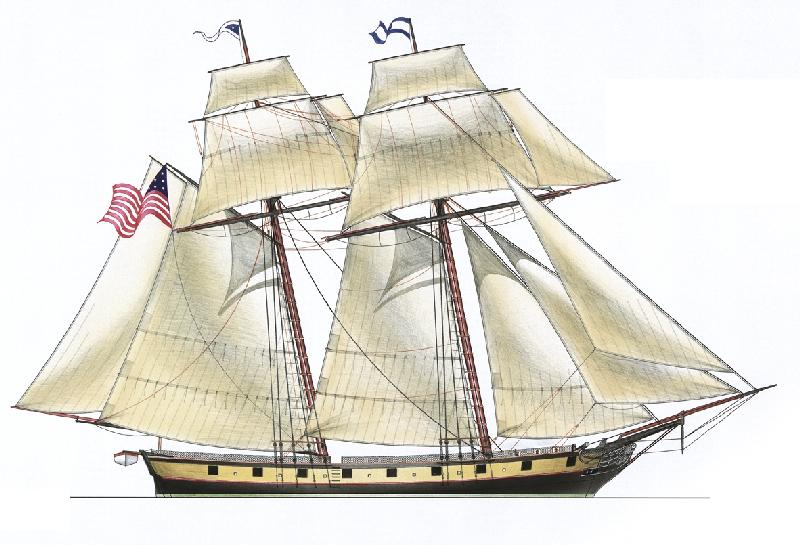
Sailing Ship Design

Tri-Coastal Marine balances the modern needs of the vessel with its historical appearance. There is an ongoing controversy about what constitutes an historic replica vessel. Basically, there are different degrees of historical accuracy in replicas and reproductions. The most accurate are built with historically appropriate tools, methods and materials. This may imply being built with hand tools alone, having hemp rigging and flaxen sails. In general, the most accurate reproductions are limited to merely being displayed in a static museum environment. If a vessel will be sailed, especially if it carries passengers for hire, some changes must be made for safety purposes and to satisfy the regulatory agencies. These may include the addition of an auxiliary engine, the use of wire rigging and the modification of the historical form to gain a sufficient range of stability.
Andy Davis and Peter Boudreau both started their careers as shipwrights building traditional, plank on frame, wooden ships. Large wooden commercial vessels are rarely built in the US or other western countries and the large vessels are all historic replicas. They have helped build or been the Master Shipwrights for: the Pride of Baltimore, the Pride of Baltimore II, the ill fated John F. Leavitt, the Lady Maryland and the Spirit of Massachusetts.